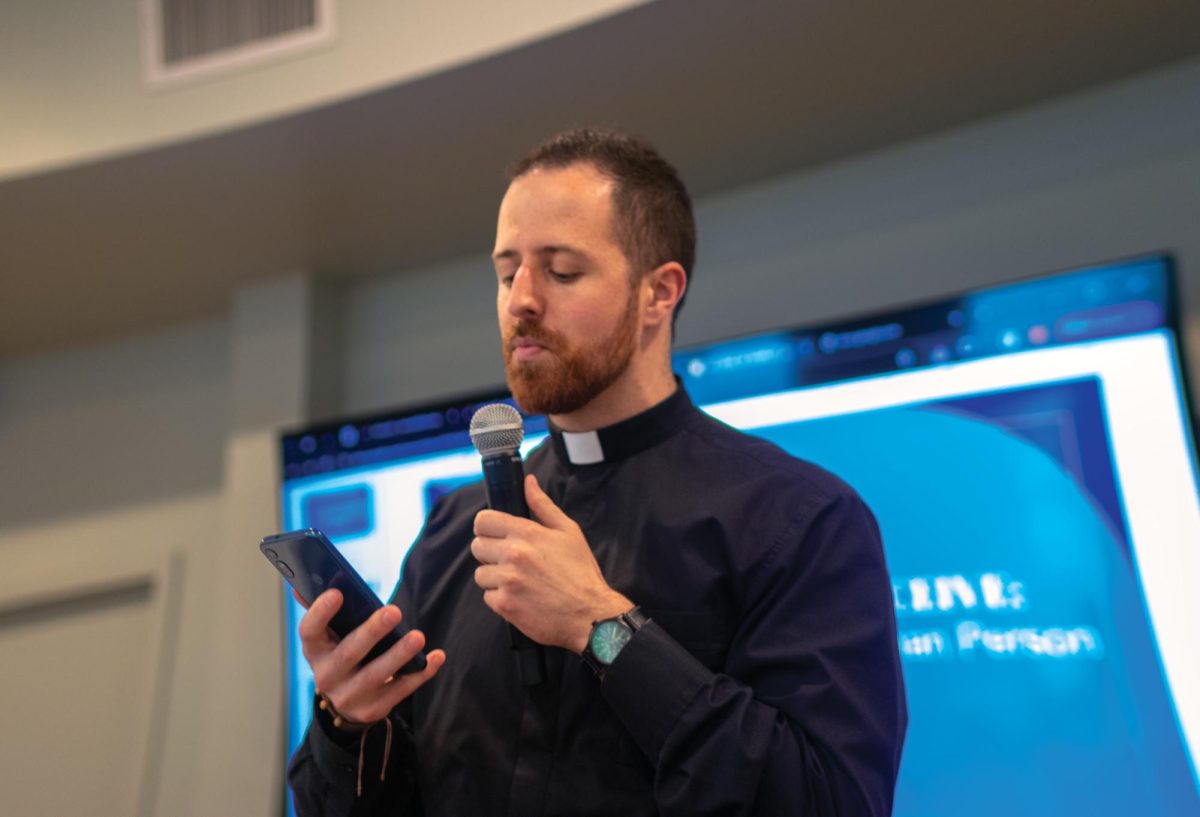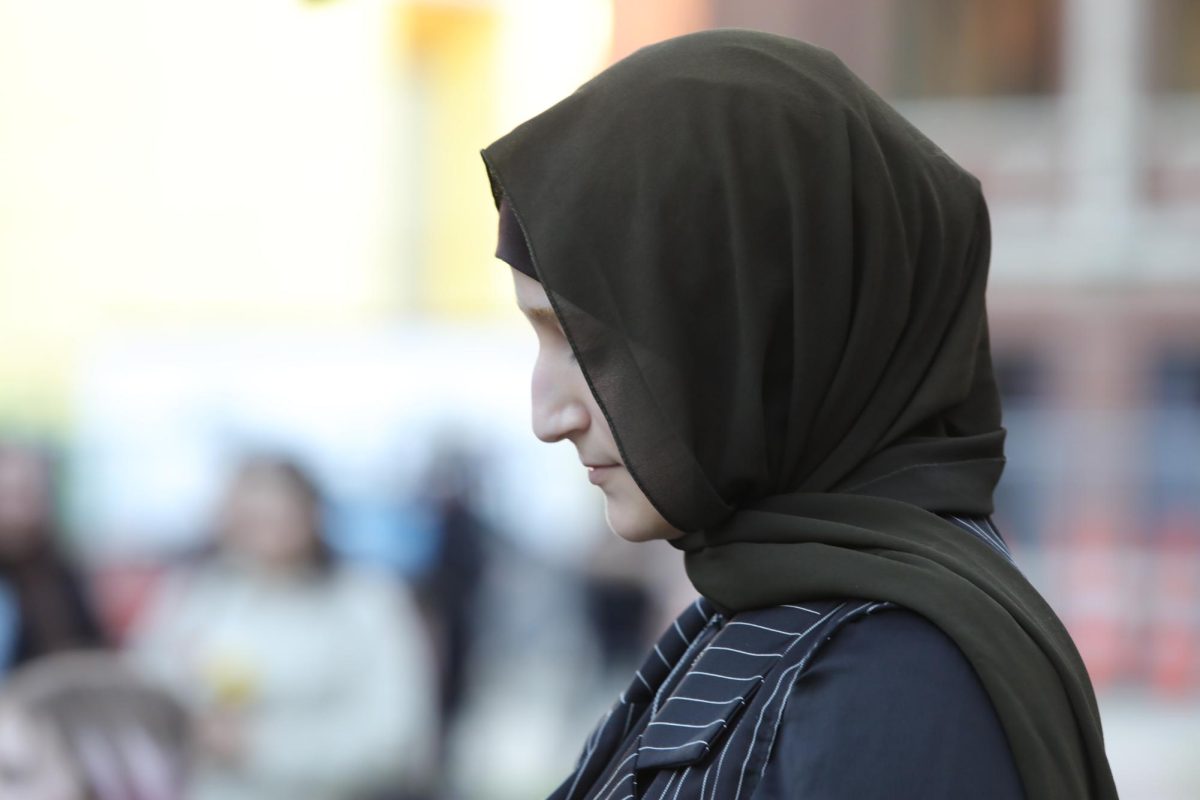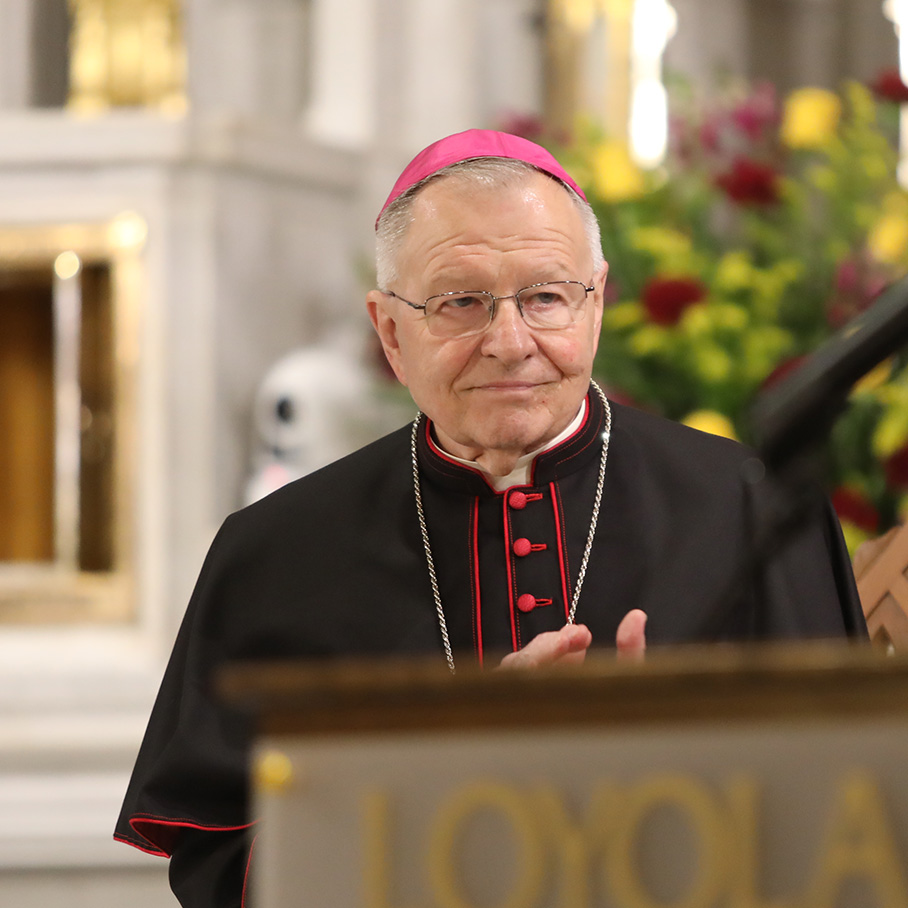While many religions have strict beliefs that stem from their historical foundations, Hinduism is one religion that doesn’t completely rely on a strong historical foundation to assert its beliefs.
Sanjog Rupakheti, assistant history professor, explained Hinduism varies widely in beliefs, especially across different regions.
“In sum, there are wide variations, multitudes of beliefs and practices encompassed under Hinduism that any one singular definition of what Hinduism means to Hindus risks essentializing religion, its history, society and people,” Rupakheti said.
Similar to the Greeks, who used mythology to explain their gods and the social duties and moral responsibilities of lay people, Hinduism also has a set of books used to explain important concepts of the tradition. These books are the Mahabharata, the Bhagavad Gita and the Ramayana. All three of these books are used as texts to help students understand Hinduism. Like Greek mythology, these books use animated storytelling methods to explain concepts such as dharma, which is duty.
“There are certain canonical texts often identified as the source of what is today broadly defined as Hinduism, but the many different practices and lived experiences of people diverge to the extent that they can both fit in as well as contradict and complicate these texts,” Rupakheti said.
In New Orleans, there are three Hindu temples. There is the Hindu Temple of Greater New Orleans located in Metairie; the Sri Veera Venkata Satyanarayana Temple located in Kenner; and the International Society for Krishna Consciousness temple in Mid- City. Each temple offers different services at different times. Often, these centers are not in traditional buildings like churches and mosques. For example, The International Society for Krishna Consciousness temple in Mid- City is a house and blends into the neighborhood. This house usually has a line of people waiting for free vegetarian meals outside on Sundays.
When entering the center, visitors go down to the basement and enter a room where vivid paintings highlighting scenic images from the Mahabharata and the stories of Krishna. Like Buddhist temples, the strong scent of incense permeates the senses. Devotion to Krishna is evident in the physical make up of this temple.
The worship ceremony includes chanting, dancing and a discussion of philosophy by a Hindu priest or devotee. This is followed by discussion about the Hare Krishna beliefs. Then there is feasting. Everyone at the service is invited to share a vegetarian dinner.
Hindu students at Loyola find that where they grew up affects their view of Hinduism. Anusha Rao, psychology senior, practices Hinduism, but not as strictly as her parents or brother.
“I observe all the holidays but don’t practice it as strictly as my cousins in India, for example, because I grew up in a totally different culture,” Rao said.
Another Hindu student is Kabir Hingorani, a mass communication senior who grew up in Panama. Hingorani, who was part of an immigrant culture in Panama, believes that not actually living in India affected his connection with Hinduism.
“Immigrant cultures, sometimes because they lack all the things they would have in their native land, tend to really adhere to them after they leave. So it could be said that my ability to study it from the outside made me value it more as part of my culture,” Hingorani said.
At Loyola, students have the opportunity to explore Hinduism through courses such as Introduction to World Religions, Religions of Asia, and Hindu Paths to God, which is a course centrally focused on Hinduism. Timothy Cahill, assistant professor of the Religious Studies department, teaches Hindu Paths to God. Cahill, who specializes in India’s religions, explains that The Hindu Paths to God course endeavors to introduce inspirational teachings from a variety of Hindu traditions.
A requisite for this course is that students must visit a Hindu temple. Cahill says students often cite in their evaluations for the course that temple visits were the best part.
“And personally, I think that getting to know local Hindus (students, businessmen, teachers, professionals and other workers) is the most direct and authentic way to understand what these New Orleanians value and cherish most in their lives,” Cahill said.
Andrew Albert, a philosophy junior who has taken Cahill’s course, enjoyed his visit to the International Society for Krishna Consciousness center. After Cahill’s course, Albert was fascinated with the complexity of the tradition.
“Dr. Cahill’s class was fruitful in that it did not turn Hinduism as a sort of historical talisman that we could not relate to. Rather, it required a personal engagement with the nuances of the religion,” Albert said.
Nhi Tieu can be reached at [email protected]







